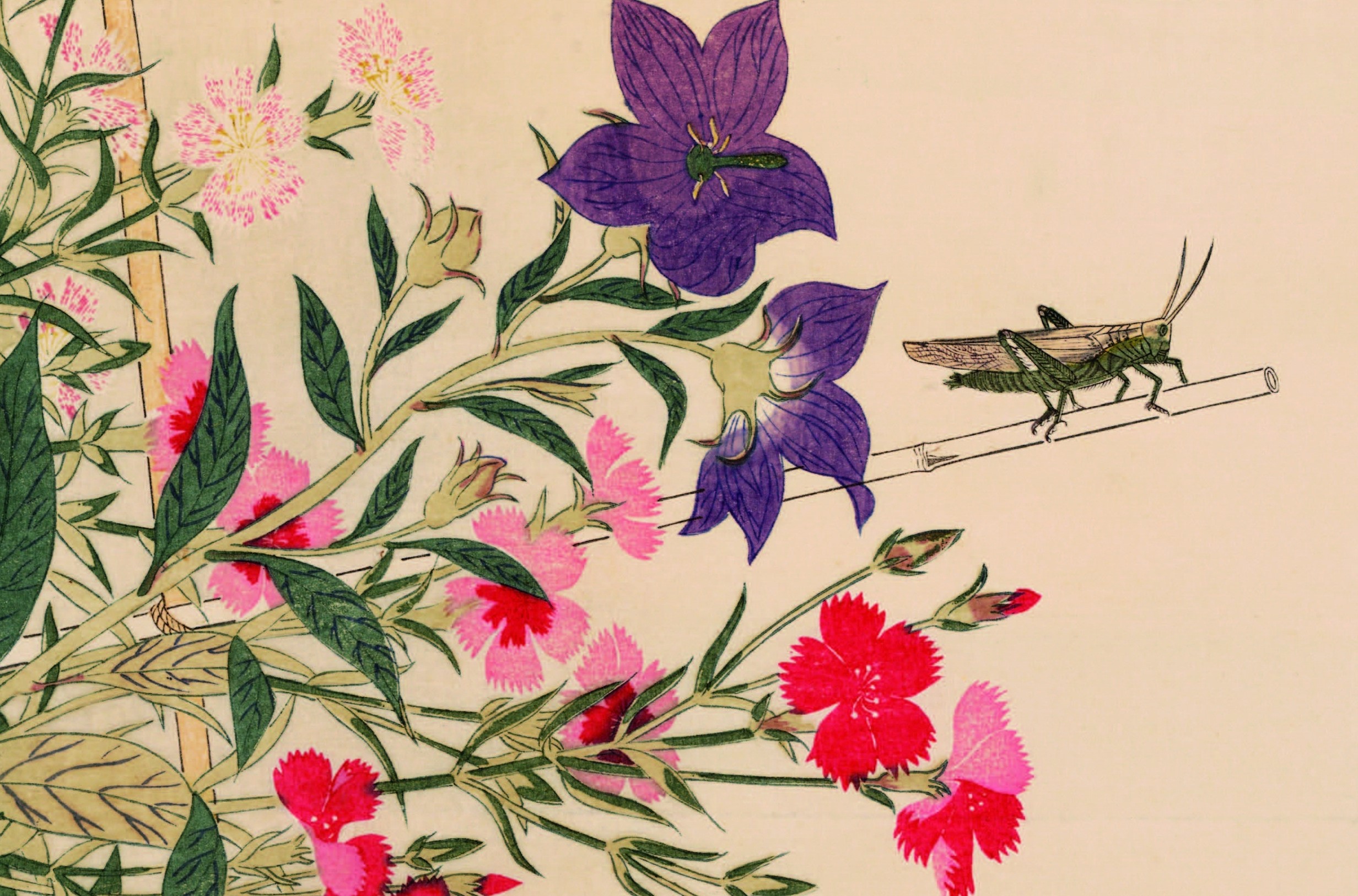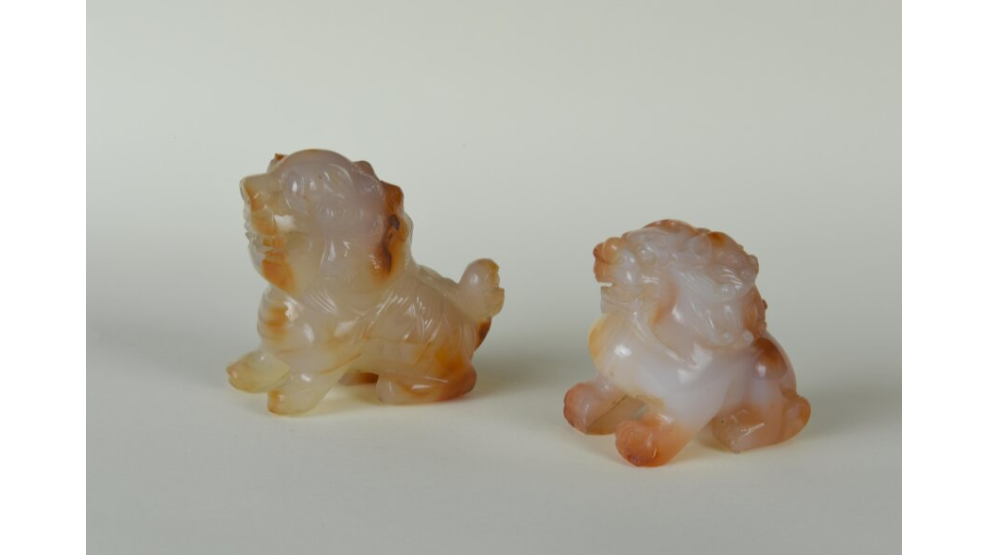
MALLET Arsène (EN)
Biographical Article
Arsène Ferdinand Étienne Mallet, flour miller by trade (Moulin du Montjouvin, Illiers-Combray) and former mayor of Illiers-Combray (1941-1944), was born in this town on December 26, 1873 to a miller father, Pierre Cyrille Ferdinand Mallet, and a mother without profession, Adélaïde Célestine Chaboche.

The Collection
The origin of Arsène Mallet's collection of objects from the Far East is not known. It consisted of a donation to the Musée de Chartres, prepared in 1954 and in 1956, and a collection of Chinese art objects in ivory to the city of Chartres.
Another donation was made at the beginning of February 1959, following Mallet’s death. This bequest, which entered the museum on February 18 of the same year, included 75 objects from Japan, seven from China, and two from undetermined Far Eastern locations. The works were mostly made between the 18th and 19th centuries. The bequest includes cloisonné enamel objects (a censer, a "Jon-i" sceptre, a pair of vases, a deity standing on a fish, a warrior on horseback, and two dishes); a bronze statuette of an elephant attacked by two tigers; ivories, including two carved tusks; carved hard stones (steatite, marble, jade, serpentine, quartz, lard stone, agate, lapis lazuli, amber); and some earthenware and porcelain ceramics.
This information comes from an estimate established in July 1959 for the development of two small rooms in woodwork intended to receive the Mallet collection. Experts from the Musée Cernuschi and the Musée Guimet examined the collection, at the request of the curator of the Musée de Chartres, René Gobillot, in order to estimate the value of the donation and detail the costs needed for fitting out the rooms. (These were not opened to the public until April 8, 1961.) These experts concluded that among the cloisonné enamels, only two were made during their stylistic period, the rest dating from the 19th century. As for the ivories, some were replicas and the "hard stones" did not include jade objects. The value of the collection was estimated at 4 to 5,000,000 old Francs.
Related articles
Personne / personne

Collection / collection d'une personne

